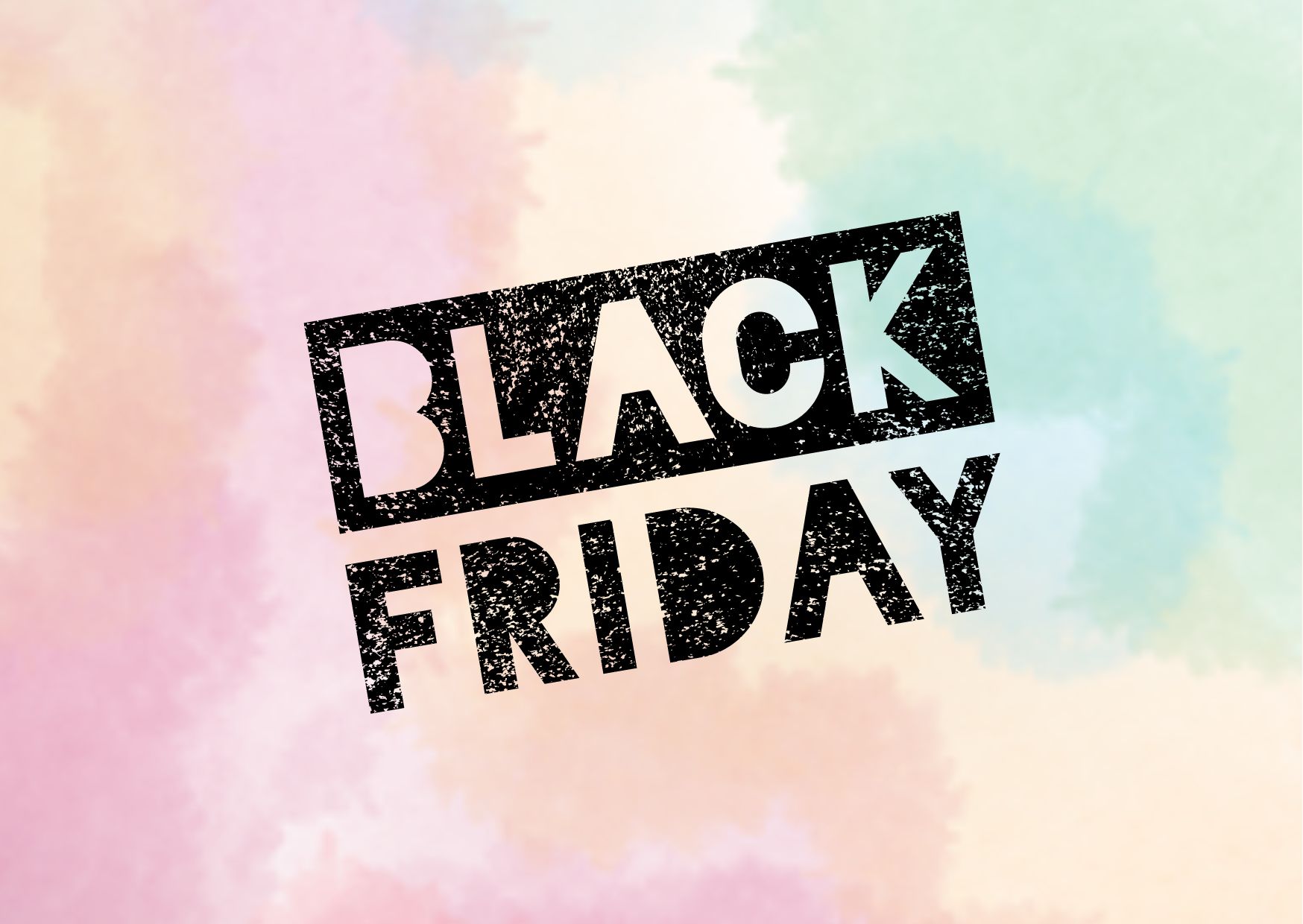Black Friday Meaning: The Story Behind the Name
Black Friday, a shopping phenomenon that has captured the attention of consumers worldwide, holds a fascinating history and complex meaning. This annual event, occurring the day after Thanksgiving in the United States, has evolved from its humble beginnings to become a global retail extravaganza. The term “Black Friday” has sparked curiosity and controversy, leading many to question its origins and implications.
The story behind Black Friday’s name is as intriguing as the event itself. From its roots in American culture to its impact on the economy, this article delves into the multifaceted nature of Black Friday. Readers will discover the historical context, explore the retail industry’s role in shaping the event, and examine both the positive and negative aspects of this shopping frenzy. By understanding the meaning and history of Black Friday, consumers can make informed decisions about their participation in this cultural and economic phenomenon.
The Origin of Black Friday
The term “Black Friday” has a rich and intriguing history that dates back to the mid-20th century. While many associate it with the retail industry’s profitability, its origins are rooted in a different context altogether.
Philadelphia’s Traffic Nightmare
The story of Black Friday begins in Philadelphia during the 1950s and 1960s. The day after Thanksgiving became notorious for causing significant disruptions in the city’s daily life. Large numbers of suburban tourists would flood into Philadelphia to start their holiday shopping, creating chaos on the streets and in stores. This influx of people resulted in massive traffic jams, overcrowded sidewalks, and stores packed from opening to closing.
The situation was exacerbated by the narrow streets of Philadelphia, which were ill-equipped to handle the sudden surge in traffic. The introduction of a new traffic pattern for the holidays, which restricted Chestnut Street to busses and pedestrians, further complicated matters. Drivers arriving in the city for a weekend trip found themselves stuck in traffic jams that lasted from early morning until late at night, rivaling the worst rush-hour conditions.
Police Department Coinage
It was the Philadelphia Police Department that first coined the term “Black Friday” to describe this annual event. Police officers, along with bus drivers, used the phrase to express their dread of the day’s challenges. The name was not meant as a term of endearment but rather as a reflection of the difficult conditions they faced.
Joseph P. Barrett, a longtime police reporter for the Philadelphia Bulletin, played a role in popularizing the term. In the early 1960s, Barrett and his colleague Nathan Kleger wrote a front-page story for Thanksgiving, adopting the police term “Black Friday” to describe the post-Thanksgiving chaos. This media coverage helped spread the use of the term beyond law enforcement circles.
Army-Navy Game Connection
An additional factor contributing to the Black Friday phenomenon in Philadelphia was the annual Army-Navy football game. Since 1932, with only three exceptions, this classic college football matchup has been held in Philadelphia on the Saturday following Thanksgiving. The game’s location shifted from the University of Pennsylvania’s Franklin Field to Philadelphia Municipal Stadium (later renamed John F. Kennedy Memorial Stadium) in 1936, increasing the attendance potential by about 35,000 people.
The combination of holiday shoppers and football fans created a perfect storm of congestion. Approximately 50% of the game’s attendees would arrive in Philadelphia on “Black Friday” and stay until Sunday, further straining the city’s infrastructure. The police and city services had to deal with not only the shopping frenzy but also the additional crowds associated with this major sporting event.
Despite attempts by retailers in 1961 to rebrand the day as “Big Friday,” the original term persisted. The negative connotations associated with “Black Friday” proved difficult to shake off, and it remained the prevalent term used to describe this chaotic shopping day.
In conclusion, the origin of Black Friday is deeply rooted in Philadelphia’s urban challenges of the mid-20th century. What began as a dreaded day for law enforcement and city workers has evolved into a significant cultural and economic phenomenon, shaping the retail landscape and holiday shopping traditions for decades to come.
The Retail Industry’s Behind the Meaning of Black Friday
The retail industry has played a significant role in shaping the perception of Black Friday, transforming it from a day of chaos to a highly anticipated shopping event. This evolution has involved creative marketing strategies and a reimagining of the term’s meaning.
From Red to Black
By the late 1980s, retailers found a way to spin Black Friday in their favor and change how consumers view the day. They spread the idea that the day after Thanksgiving marked the beginning of the Christmas holiday season and was when America’s retail stores would finally turn their finances from red to black.
This narrative suggests that businesses operate at a financial loss, or are “in the red,” until the day after Thanksgiving. The massive sales on this day finally allow them to turn a profit, putting them “in the black.” However, this explanation is not entirely accurate. The true origin of the term dates back to the early 1960s and is rooted in the chaos caused by large crowds in Philadelphia.
Despite its inaccuracy, the “red to black” concept stuck with consumers. Retailers creatively advertised this story and offered special discounts specifically for Black Friday. The heart-warming tale of American businesses turning a profit resonated with shoppers, and each year the popularity of Black Friday grew.
Attempts to Rename
Not surprisingly, retailers didn’t love the use of the gloomy term “Black Friday” to describe one of their biggest revenue days. As early as 1961, public relations professionals attempted to change the public’s perception of Black Friday. In an issue of Public Relations News, an industry newsletter, efforts were described to change the day from “Black” to “Big” to solidify its reputation as a day of family fun and shopping.

